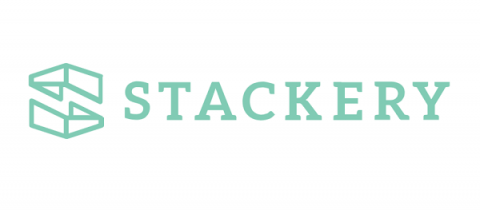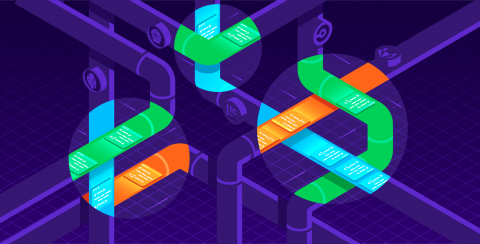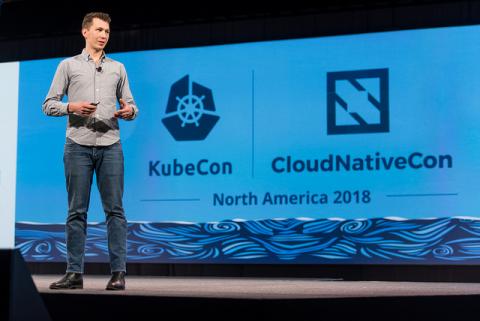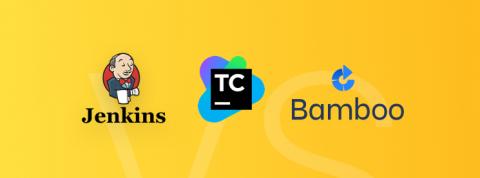Chaos Engineering Ideas for Serverless
The high-level steps for implementing chaos experiments involve: defining your application’s steady state, hypothesizing the steady state in both the control and experimental groups, injecting realistic failures, observing the results, and making changes to your code base/infrastructure as necessary based off of the results.









